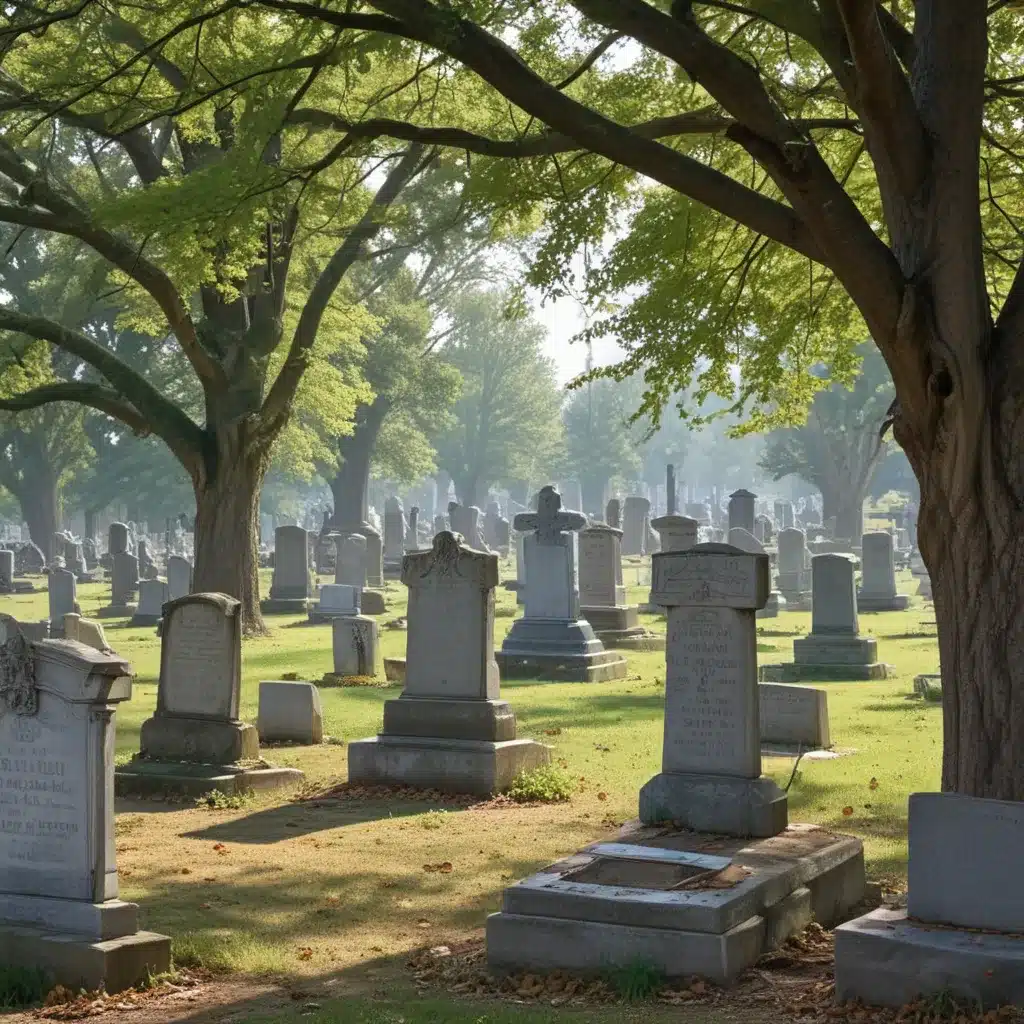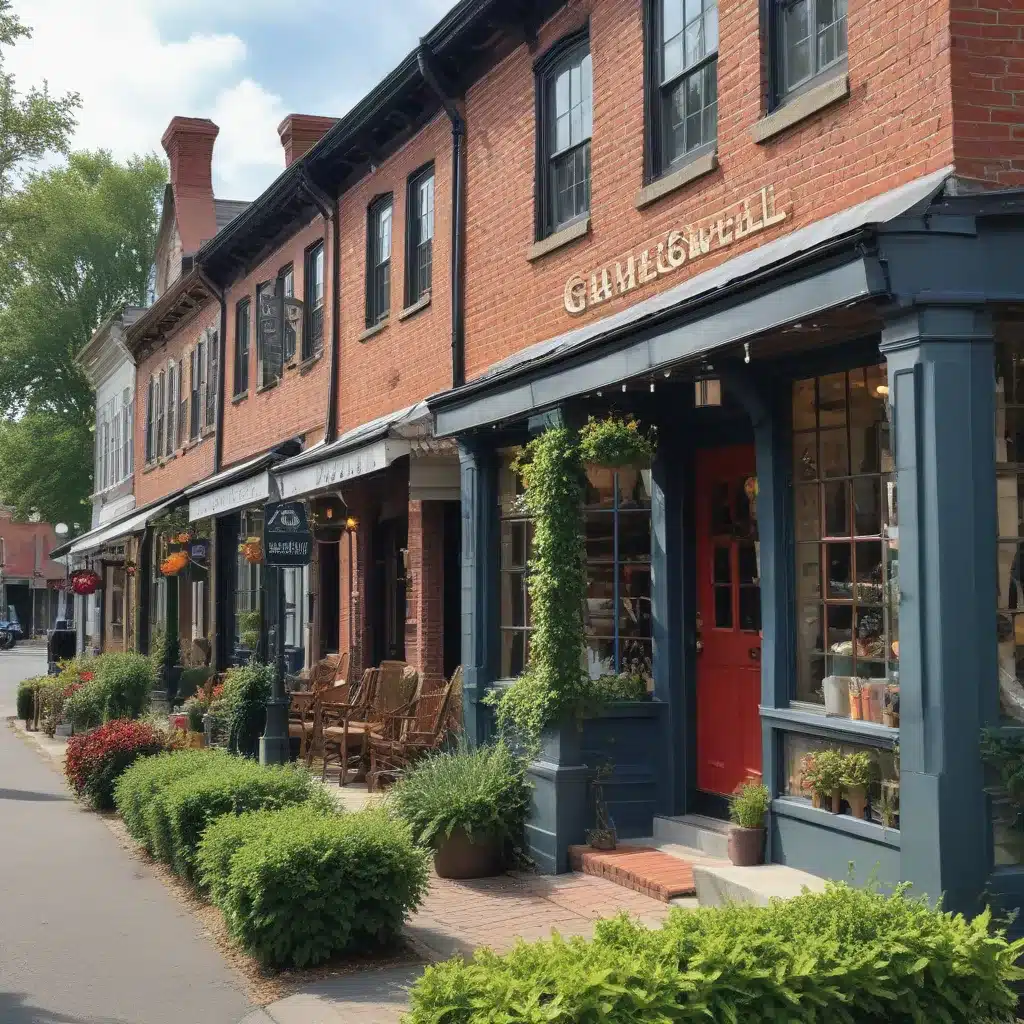The History and Culture of Caldwell County, North Carolina
The history and culture of Caldwell County, Missouri, includes the growth of towns and cities, the cultural heritage of the area, and the preservation and restoration of the county. You will be able to read about some of the famous people who lived in the county and learn about the Civil War and the early history of the county.
Introduction to Caldwell County
Caldwell County is a county in the Mountain region of western North Carolina. It is located in the foothills of the Blue Ridge Mountains.
A large portion of the county is covered by Pisgah National Forest. The Blue Ridge Parkway traverses the northern tip of the county. There are also several historic sites and cultural institutions in the county.
Early settlers of the area included Cherokee and Siouan Indians. Later, immigrants from Mexico came to Caldwell County in large numbers. Many of these became sharecroppers or tenant farmers.
After the Civil War, Caldwell County experienced a significant economic decline. The county suffered losses in farm value and livestock value. In addition, the population fell drastically. By 1960, only 17,222 people lived in the county.
Agriculture was the primary source of the economy. The majority of farming was tenant farming. However, the growth of the cattle industry helped to bring the county’s economy back to life.
Several hundred men from Caldwell County served in the Confederate Army. Some of these were members of the Red River Campaign and the New Mexico campaign.
Early history of Caldwell County
Caldwell County has a long history of human habitation. Evidence suggests that people have been in the area as early as 10,000 years ago. The Tonkawa Indians are thought to have been native to the region.
In the late nineteenth century, immigrants from Mexico began arriving in large numbers. These immigrants became sharecroppers and helped sustain the cotton-dependent economy.
Although the majority of the county was still covered in prairie, early settlers preferred clearing timber lands to make use of the mellow soil. This resulted in the formation of numerous settlements.
Early schools met in homes and in Masonic lodges. However, the advent of improved transportation enabled a large scale consolidation of schools into independent districts.
After the Civil War, a severe economic decline took hold in Caldwell County. Property tax receipts dropped 70 percent. By the 1930s, the population had declined from 31,397 to 17,222.
Agricultural production in Caldwell County changed from small family farms to larger ranches. Cotton was replaced by feed crops and pasture. A number of Mexican immigrants entered the county as sharecroppers.
Caldwell County during the Civil War
The history of Caldwell County has been a long and eventful one. Archeological evidence suggests that humans have lived in the area as far back as 10,000 years. The region is also known for the forced migration of the Cherokee on the Trail of Tears.
After the Civil War, Caldwell County’s economy suffered a great deal. As a result of the war, most of the county’s farmland was inactive. Several hundred men from the county served in the Confederate army. Many of the farmers were left financially devastated.
The area was a hotspot for racial conflict. Enmities lasted for many years after the war. There were clashes between federal soldiers and local residents. Some citizens harassed Black voters.
In the 1870s, Caldwell County saw an influx of immigrants from Mexico. Some became sharecroppers, while others stayed in the area and became tenant farmers. During the first half of the twentieth century, the county’s population included German immigrants.
The economy was mostly based on farming. Agricultural reliance declined due to the economic downturn after the war. By 1900, the majority of farms were in tenant hands.
The growth of towns and cities in Caldwell County
Caldwell County is located in the northern Foothills region of North Carolina. It has a population of 83,303 as of mid-2017. There are eight incorporated cities and towns in the county.
The largest city in the county is Lenoir. In the late 19th century, the arrival of the railroad helped spur economic growth in the area. Other industries in the area include furniture manufacturing.
After the Great Recession, Caldwell County suffered a decline in its economy. However, it recovered somewhat. This was due in part to incentives to attract businesses.
One example of this is the University of Kentucky Research and Education Center, a campus of the University of Kentucky College of Agriculture. It is a leader in horticultural sciences.
Another important industry in the area is Google. Google lowered the unemployment rate and helped lure other companies to the region. It also donated computer equipment to local schools.
While Caldwell’s economy is largely based on the furniture and textile industries, it is also a popular tourist destination. Tourists can enjoy the scenic Brushy Mountain range and Hibriten Mountain.
The cultural heritage of Caldwell County
The cultural heritage of Caldwell County is rich and diverse. It is a place that cherishes the tradition and values of the past while embracing the innovations of the present. As a result, the county offers a wide variety of festivals, recreational opportunities, and outdoor activities.
Visitors to Caldwell County can experience a peaceful, relaxing landscape. Whether they’re seeking outdoor adventure, a taste of history, or a bit of Southern living, there’s plenty to enjoy.
Throughout the county, visitors can find more than 80 outdoor sculptures. This collection traces its roots to the 1985 Sculpture Celebration, and is growing each year.
For a more in-depth look at the county’s history, there’s the Martin Homeplace Museum. Located in a restored farmhouse, this museum features memorabilia and artifacts from the culture of Caldwell Parish.
Another cultural institution is the Foothills Performing Arts Community Theatre. Located in historic Schepis Building, this building is listed on the National Register of Historic Places.
Visitors can also visit the Caldwell County Museum, which focuses on the history of the county. There are two dozen permanent exhibits that cover the county’s history from pre-colonial times to the present. Special exhibits are featured as well. Among the museums’ collections are early land grants, maps, and deeds.
Famous historical figures from Caldwell County
The history of Caldwell County, Texas is rich in history. During the late nineteenth century, many Mexican immigrants came to the area. These settlers helped the economy by sustaining the cotton-dependent economy. They also built blacksmith shops and dry good stores.
In addition, several hundred men from Caldwell County served in the Civil War in various campaigns. Some fought in the Red River and New Mexico battles, while others were based in Galveston and Brownsville.
In 1869, Andrew J. Hamilton was elected to the state legislature, and later became governor. John King was a popular circuit judge in Richmond.
A major event in the history of Caldwell County is the Battle of Plum Creek. It took place in 1840 and led to the defeat of the Indians. Afterwards, enmities lasted for years.
After the Civil War, the county suffered a severe economic downturn. With the arrival of the railroad, the county began to see signs of recovery. However, the economy was still slow due to a lack of transportation.
In the 1930s, the population of Caldwell County was estimated at 31,397. This figure was reduced to 17,222 by 1960.
Caldwell County preservation and restoration effor
The history and culture of Caldwell County is a rich one. Its namesake, William Lenoir, was a Revolutionary War officer, justice of the peace, and trustee for the University of North Carolina. He served as speaker of the senate and was the first president of the board of trustees.
In the 1840s, several Presbyterians settled in Lockhart. The town was officially incorporated as a county in 1848.
The Caldwell Country Museum is a fine example of Norman castellated style architecture. It is located on the site of the county’s first log jail, built during the 1855-58 period. This building is a rare example of this architectural style.
The Brock Cabin is another historical marker of the area’s heritage. Built in 1849-1850 by Andrew Lee Brock, it stands on 200 acres of land that his bride, Rebecca, was given by her father. The building was constructed as a wedding present for Rebecca. A few years later, it was moved to Lions Park on S. Colorado/Hwy. 183.
One of the most interesting aspects of the Brock Cabin is that it still exists. The twin poplars that stood outside it when it was built still stand today.
Conclusion
The history of Caldwell County, North Carolina, is a fascinating story of mountainous landscapes, farming communities, and an influx of new settlers. In the early 1800s, the region was a part of the state’s norm. It was home to large plantations owned by slave owners. With the advent of the railroad, the economy grew.
Early settlers in Caldwell County planted crops in fertile valleys. Indians provided wood for fuel. They also provided soil. Many Indians were friendly and were helpful in clearing the land for settlement.
The arrival of the railroad in the late nineteenth century spurred economic development. New laws also helped to delineate new counties in the Piedmont and the mountains. These new counties included Caldwell, Livingston, and Surry.
The area was originally settled by farmers. Some of the early settlers were Absolom Harpold, Henry Gist, and John C. Myers. As they settled in the area, they were surprised by the pioneer conditions. One-room schoolhouses were built, and they were used by both men and women.
By the middle of the 18th century, the town of Lenoir was established. Lenoir was named after General William Lenoir, who arrived in the area from Brunswick County, Virginia. He donated the land for the town.










